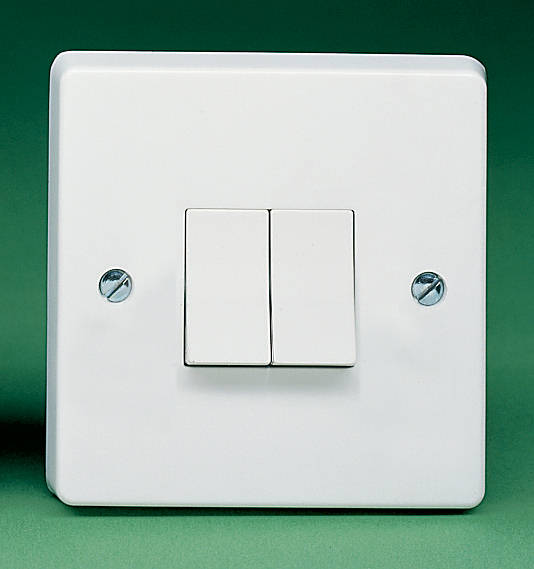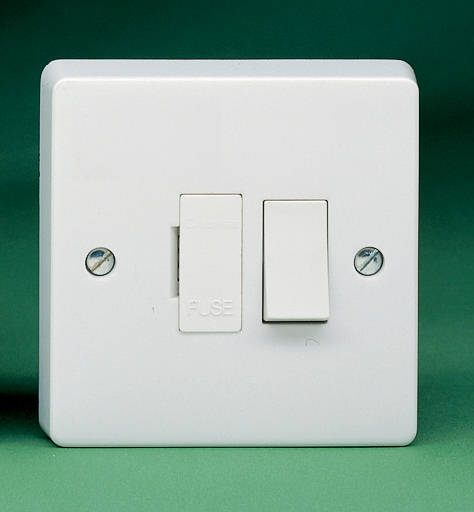This has been discussed many times here.What are your thoughts with the TT earthing and the metal CU unit, there is the potential for the CU to become live and the DNO fuse not to blow due to the relativly high impedance of the TT earth
My personal 'thought', for what it's worth, is that it is one of the additional hazards created by the (I personally believe not-well-thought-through!) introduction of the requirement for metal (at least, non-combustible' - whatever that might mean) CUs in domestic premises, inspired (insisted upon?) by the LFB!
Even in the absence of any fault, I think it is only a matter of time before someone dies as a result of 'fiddling around' without inadequate care in a CU which has an earthed metal enclosure, when they would not have died had it been plastic!
It doesn't move the problem to the RCD's enclosure if that enclosure in not metal. It's not really clear as to whether the regulation intends that the regulation requiring non-combustible CUs "and similar switchgear" is intended to include such enclosures, but electrical safety/common sense says that it should not in the situation being discussed!Is there any point installing a separate 100mA S type RCD on the feed to the CU as I presume this would also need to be in a metal enclosure and simply moves the problem to that box?
I do have up-front Type S RCDs in my TT installation (even though the CUs are all non-metal), but that is because they are needed to protect long distribution circuits. They are in plastic enclosures and will remain so for as long as I have any control over the situation!
Even that would not deal with the hazard which concerns you if the fault was in conductors upstream of that RCD.Will there be a requirement to replace the main MCB on the CU to a 100mA 80A RCD?
Kind Regards, John




